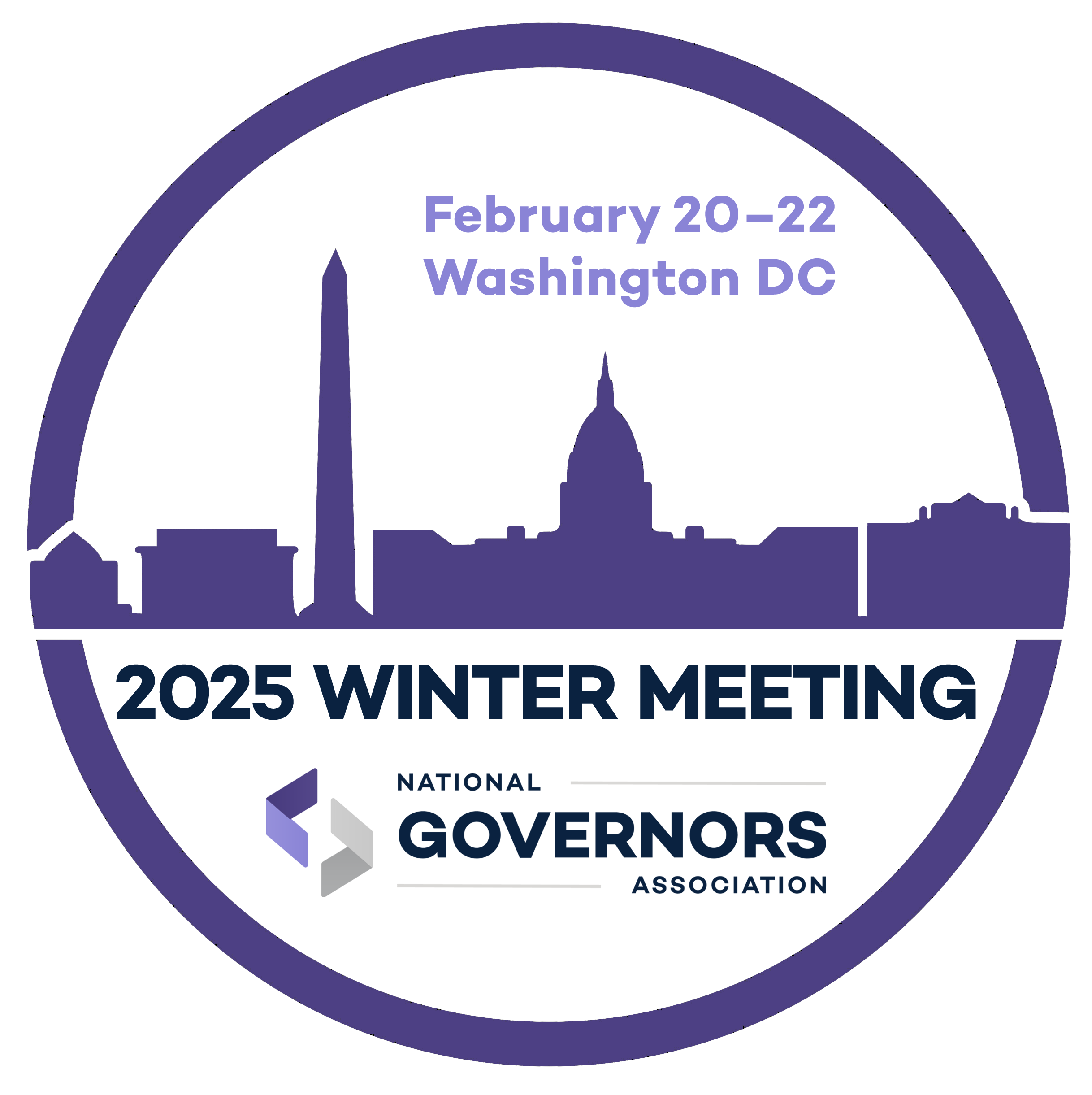Summary of Established State Thresholds
Introduction
As the country continues to battle the COVID-19 pandemic, ensuring high-quality K-12 education while also minimizing the risk that students, teachers, and staff become infected with the coronavirus is a top priority for governors. A variety of factors go into state and local decision-making regarding the opening of school buildings for in-person learning, including an understanding of the status of disease transmission in the community as well as schools’ ability to implement risk mitigation strategies such as mask wearing, social/physical distancing, contract tracing, and modifications to the school infrastructure.
Every state in the nation has developed COVID-19 data dashboards to share the latest information on disease transmission. Data at county or lower levels of geography are particularly important to understanding community spread and to inform school and school district decisions regarding in-person or traditional learning, hybrid learning, or distance or online learning options. A frequently updated scan of state COVID-19 public data dashboards by State Health and Value Strategies (SHVS) shows that all states are compiling and updating data at county or lower levels of geography for key indicators such as cases and deaths.
On behalf of the National Governors Association (NGA), and with support from the Robert Wood Johnson Foundation (RWJF), the State Health Access Data Assistance Center (SHADAC) has developed this resource, which highlights states that have released data thresholds, sometimes referred to as gating criteria or benchmarks, to guide schools, school districts, and other stakeholders in decisions on full or partial school reopening. The resource outlines common measures upon which thresholds are based and explores how measure definitions and thresholds compare across states, provides examples of how guidance has evolved since the 2020-2021 school year began, and includes information on other resources tracking school COVID-19 status and response.
The information presented in this resource draws from SHADAC’s review of publicly available information on state websites in late September and early October. States frequently re-assess and revise policy and many states released guidance over the summer months in anticipation of the 2020-2021 school year, which predated the latest guidance from the Centers for Disease Control and Prevention (CDC). These factors suggest adaptations of these policies are likely over time.
All NGA COVID-19 memos can be found here, or visit COVID-19: What You Need To Know for current information on actions States/Territories are taking to address the COVID-19 pandemic; as well as advocacy, policy, and guidance documents for protecting public health and the economy.














